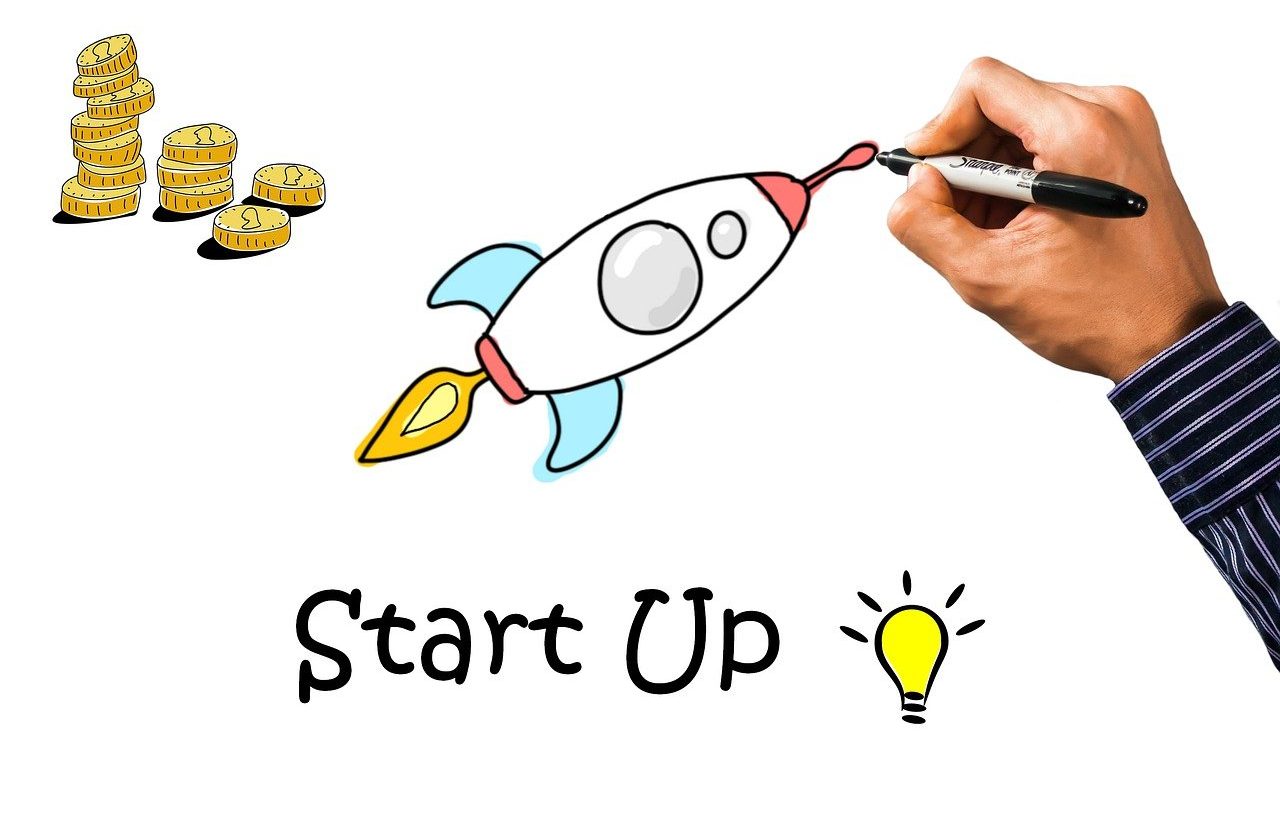
A startup must consider different monetization strategies.
A startup is an emerging company that aims to achieve rapid growth thanks to technological innovation . It is characterized by its scalable business model and high risk.
It should be noted that the term startup is not part of the dictionary of the Royal Spanish Academy ( RAE ). To understand the meaning, we can focus on the definitions of the noun company (an entity that develops commercial or industrial activities with the purpose of obtaining profits) and the adjective emerging (which refers to that which emerges, appears, appears or stands out).
Characteristics of a startup
A startup is a company that was recently created by an entrepreneur or a group of people who bet on technology as an instrument to grow rapidly. This speed is associated with scalability : the possibility of developing in magnitude, adapting to this continuous progress without modifying the quality of the service or product.
Generally, startups are started with a lower investment compared to traditional companies. They also have lower costs. Due to their innovative profile and their commitment to exponential growth (scale-up) , startups are subject to great uncertainty and operate in high- risk environments.
Its emergence is associated with a novel idea; Its operations, meanwhile, are based on the use of information and communication technologies (ICT) . In this way, they can reinvent products or services or provide a solution that did not exist until then.

The business valuation of a startup can be based on the number of customers or users, its growth rate or other factors.
The financing
Like any type of company, a startup needs investments to begin operations. Initial financing (seed funding) can be provided by a venture capital fund or by an angel investor, who provides money in exchange for obtaining equity.
Another not so common possibility is self-financing (bootstrapping) , where the entrepreneurs themselves provide the resources. There is also the chance to resort to collective financing ( crowdfunding ) .
It is important to indicate that a startup can use an incubator or accelerator in its beginnings. Incubators are organizations that cooperate with entrepreneurs so that they can realize their ideas. During this incubation period, startups have access to advice and training and can take advantage of different infrastructures. Accelerators, meanwhile, aim to enhance growth through networks of links with investors, mentoring and other proposals.

Adaptability is one of the common characteristics of startups.
Types of startups
Startups can be classified differently according to their characteristics. Scalable startups are the most common: their idea can be reproduced in different contexts, providing the same service regardless of geographic location. Sectors such as financial technology ( fintech ), online market (marketplace), electronic commerce (e-commerce), real estate technology (proptech) and health technology (healthtech) are conducive to the development of scalable startups.
A primary startup , on the other hand, tries to forge its own identity and establish itself in the market for itself. A buyable startup , on the other hand, is promoted with the intention that the business idea be acquired by other investors. Another type of startup is the secondary startup , which is an area or unit of a company.
Classification can also be given according to value. It could be a unicorn (company valued at more than $1 billion) or a decacorn (valuation of $10 billion), for example.
Differences with SMEs
It is common for the concept of a startup to be confused with the notion of an SME. Before moving forward, it is important to know that SME is the acronym for small and medium-sized business : a company that has a limited number of workers and whose turnover is not very large.
As we already indicated, startups are recently created ventures; An SME, on the other hand, can have a history of decades. Startups, on the other hand, aim to reach a mass audience and even captivate the global market , while SMEs usually satisfy local needs.
While in startups financing is usually external, SMEs are generally founded with their own capital or through credit. Startups, finally, can achieve great development and generate million-dollar income , unlike SMEs, which are business units with limited development.
Examples of startups
Among the examples of startups we can highlight Airbnb . Its founders were Nathan Blecharczyk, Joe Gebbia and Brian Chesky , who shared the rent of an apartment (apartment) in San Francisco . In 2008 , a rent increase caused Blecharczyk - one of the co-founders - to leave his room. Then it occurred to Gebbia and Cheski to rent their room to people attending a design conference in the city. That was the starting point of the startup, which in the first stage had the support of the Y Combinator incubator and later received financing from Sequoia Capital , Greylock Partners and other investment funds. With its disruptive model, Airbnb achieved rapid expansion.
Another example of a startup is Canva . Founded in 2013 in Perth ( Australia ), it offers graphic design tools over the Internet . Its ease of use allowed it to grow rapidly, receiving funding from Hostplus , General Catalyst , and Blackbird Ventures , among others.
As an example, we can also name Ualá , an Argentine financial services technology startup created by Pierpaolo Barbieri in 2017 . It has more than 6 million users and its investors include Point72 Asset Management .
